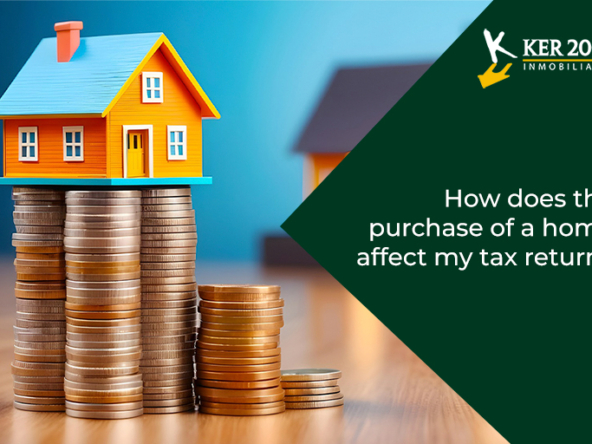In the ever-changing property market, home swapping emerges as an attractive alternative for many homeowners. But what exactly does this process entail? In this article, we’ll break down everything you need to know about home swapping, from its definition to its pros and cons. If you’re considering selling or purchasing a property, this article will be highly useful for you.
What does home swapping involve?
We’ll explain it simply…
Home swapping is, in essence, a barter. Two homeowners agree to exchange their properties without the involvement of a traditional monetary transaction. Imagine you have a house in the city centre, but you wish to move to the outskirts for more space and tranquillity. If you find someone with a house on the outskirts wanting to move to the centre, you have a potential swap!
How do you swap a property?
- Finding the right property: First and foremost, you need to find someone who wants to swap their home for yours. It’s important to ensure the property is debt-free. This is where specialised companies like Ker2000 can be of great assistance, connecting homeowners with complementary interests.
- Property valuation: It’s crucial to get an objective valuation of both properties. This ensures the swap is fair. If one property is of higher value, the difference can be compensated with money.
- Signing the swap contract: This contract details the conditions of the swap, describing both properties and setting any other agreed terms.
- Public deed: The swap, like a sale, must be formalised before a notary and then registered in the Property Registry.
Costs of swapping a home
Although swapping may seem like a straightforward operation, it involves several costs:
- Taxes: In Spain, you must pay the Transfer Tax, the Stamp Duty, and the Municipal Capital Gains Tax.
- Notary and registry fees: These costs are inevitable as the swap must be legally registered.
- Management fees: If you decide to have a management company handle the procedures, this will incur an additional cost.

Pros and cons of home swapping
Below is a list of the main advantages and disadvantages of home swapping:
Advantages
- Faster process: By eliminating the need to first sell and then buy, the process can be more streamlined.
- Savings on commissions: Without intermediaries, you save on sales commissions.
- Customised agreements: Parties can negotiate specific terms, offering great flexibility.
Disadvantages:
- Complicated search: It’s not always easy to find a home that meets your needs and where the owner is interested in yours.
- Unequal valuations: If a proper valuation isn’t done, one party might be at a disadvantage.
- Potential legal complications: A poorly drafted contract or unclear terms can lead to long-term issues.
Conclusions
Home swapping, although not the most conventional option, can be the perfect solution for certain homeowners. It’s essential to be well-advised and to rely on experts in the sector, like the Ker2000 team, to ensure a smooth process. If you’re considering swapping as an option, we invite you to get in touch. Together, we’ll find the best solution for you!







